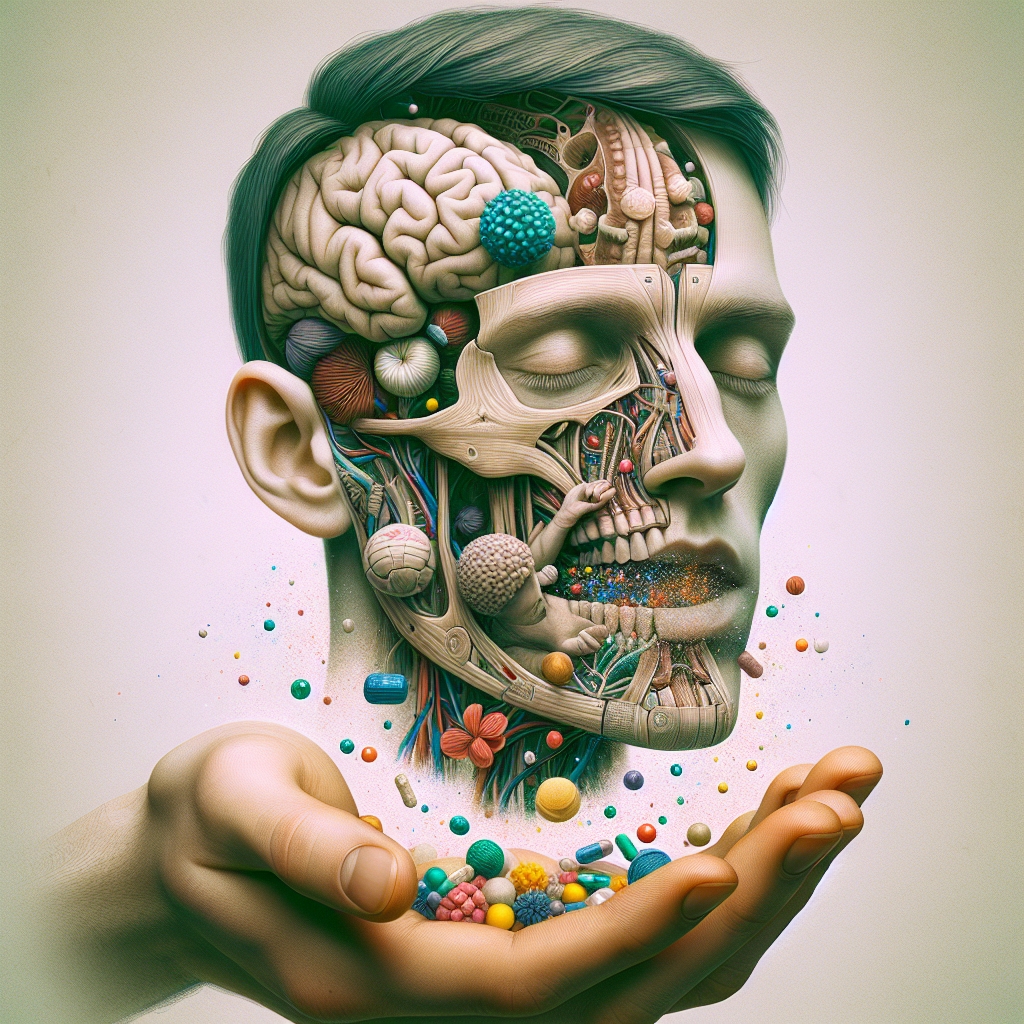Gadolinium is a rare earth metal, which, due to its paramagnetic properties, is used as a contrast agent in magnetic resonance imaging (MRI). While it has significantly improved the quality and diagnostic capabilities of MRI scans, concerns have been raised about the potential side effects associated with its use. This article delves into the nature of gadolinium, its applications in medical imaging, and the side effects that have been reported. Understanding these aspects is crucial for both medical professionals and patients to make informed decisions regarding its use.
The Role of Gadolinium in MRI Scans
Gadolinium-based contrast agents (GBCAs) are compounds used in MRI scans to improve the clarity and detail of the images obtained. When injected into the body, gadolinium enhances the contrast of the images, making it easier to distinguish between normal and abnormal tissues. This is particularly useful in the detection and characterization of tumors, inflammation, or blood vessel anomalies. The use of GBCAs has become a standard practice in MRI procedures, contributing significantly to the advancement of medical diagnostics.
There are several types of GBCAs available, each with different properties and safety profiles. These agents are generally classified into two main categories: linear and macrocyclic agents. Macrocyclic agents are known for their more stable structure, which is believed to reduce the risk of gadolinium release into the body. Despite the benefits, the administration of GBCAs is not without risks, and it is essential to understand the potential side effects associated with gadolinium exposure.
Potential Side Effects of Gadolinium
The side effects of gadolinium can range from mild and transient to severe and long-lasting. Most patients undergoing an MRI with GBCAs experience no or minor side effects, such as nausea, headache, or a feeling of coldness at the injection site. However, more serious concerns have emerged regarding the long-term retention of gadolinium in the body and its potential to cause harm.
- Nephrogenic Systemic Fibrosis (NSF): NSF is a rare but serious condition that has been linked to the use of certain gadolinium-based contrast agents in patients with severe kidney impairment. It is characterized by the thickening and hardening of the skin, joints, and internal organs. The risk of NSF has led to strict guidelines regarding the use of GBCAs in patients with kidney problems.
- Gadolinium Deposition Disease (GDD): GDD is a condition associated with the retention of gadolinium in the brain and other tissues in patients with normal kidney function. Symptoms may include persistent headache, bone and joint pain, and cognitive disturbances. The long-term effects of gadolinium deposition are still under investigation.
- Allergic Reactions: Although rare, some individuals may experience allergic reactions to gadolinium-based contrast agents. Symptoms can range from mild (such as hives or itching) to severe (such as anaphylaxis).
It is important to note that the incidence of serious side effects is relatively low, and the benefits of GBCA-enhanced MRI scans often outweigh the risks. However, ongoing research and monitoring are essential to fully understand the implications of gadolinium exposure and to develop safer contrast agents.
Minimizing Risks and Future Perspectives
To minimize the risks associated with gadolinium-based contrast agents, healthcare providers follow specific guidelines and protocols. These include assessing patients’ kidney function before administering GBCAs, using the lowest effective dose, and choosing agents with a lower risk of gadolinium retention. Patients are encouraged to discuss any concerns and to inform their healthcare provider of any history of kidney problems or allergic reactions to contrast agents.
Research into safer alternatives to gadolinium-based contrast agents is ongoing. Efforts are focused on developing new contrast agents with improved safety profiles and on enhancing MRI techniques that do not require contrast agents. Advances in this area have the potential to reduce the reliance on gadolinium and to provide safer options for patients requiring MRI scans.
In conclusion, while gadolinium-based contrast agents have revolutionized MRI diagnostics, awareness of their potential side effects is crucial. By adhering to safety guidelines and continuing research into alternative imaging methods and safer contrast agents, the medical community aims to maximize the benefits of MRI scans while minimizing risks to patients.

